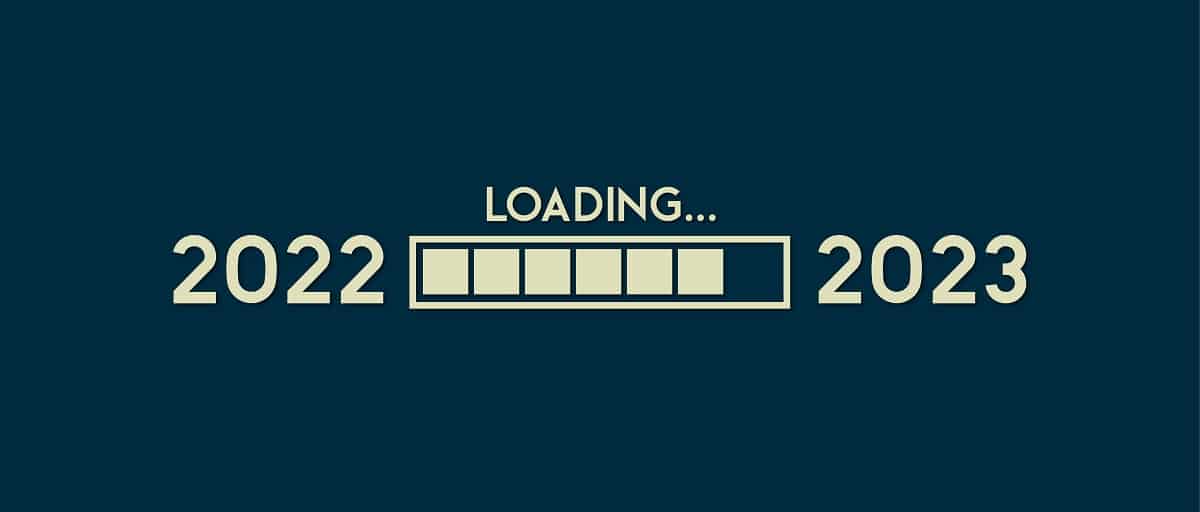The Fall season brings with it the acknowledgment that a new year is not far away. HR and organizational leaders in many companies are busy developing plans and strategies for 2023 to ensure continued competitiveness. All planning, though, is done within the context of the current business environment and it can be challenging to know when current trends may change. Right now, employers are extremely active on the hiring front. Talent remains tough to find. For most industries, the evolving economic storm clouds haven’t derailed hiring plans, and finding new employees – and keeping existing ones – remains a daunting task.
But one thing we all know is that change is constant and the conditions that exist today will not be the same in 6 or 12 months. And predicting what the future will bring can be a fool’s errand – would anyone have guessed, when the financial markets hit a peak in January 2022, that the S&P500 would fall over 20% by June, its worst first-half performance since 1970? But several issues are becoming clearer as 2023 approaches:
- The Federal Reserve has made clear its intent to continue raising interest rates in the battle against inflation with the goal of slowing down the economy; this is very different from where the Fed was a year ago.
- It seems increasingly likely the economy will experience a recession or, at least, a sustained period of slower economic growth.
- And the Fed is actively trying to slow down job growth, hoping to soften the labor market which the Fed believes will ease the pressure on wage increases – and, perhaps, the pace at which people are changing jobs.
So, what might this mean for HR and business leaders? There is an adage that leaders always fight the last war. In the throes of a still-hot labor and talent market, HR leaders may be consumed by scenarios of tight job markets, rising salaries, and high employee churn and still using talent strategies focused on helping them compete in a tight and growing economy. But what if the next “talent war” must be fought in the context of a tightening economy, slower job growth, and concerns about reducing labor and operating costs? What impact would a slowing economy have on your business? What talent strategies would make sense in these scenarios? And how can HR leaders know when to pivot to a different approach?
We’ve said this in some of our previous CCI articles, but it bears repeating – the core career and talent management issues HR leaders have always focused on remain critical to an organization’s success: ensuring the right talent is in the right roles, creating opportunities for internal talent mobility and employee development, and designing a work environment that ensures “stickiness” and encourages retention. Over the past 12-18 months, the focus and efforts of many HR teams were on talent acquisition: finding, hiring, and onboarding new employees. With the prospects of a softening labor market in 2023, shifting the focus to retaining and leveraging your existing workforce will provide more positive returns. Savvy HR leaders will want to pay attention to a few key areas:
- Job vacancies – In August, about 1.1 million job openings vanished, dropping to 10.1 million from a high of 11.2 million in July. This is evidence that some companies are responding to a slowing economy by canceling open positions rather than laying off workers, in an acknowledgment that existing employees represent an investment in training and culture acclimation. This strategy allows a company to retain and leverage its investment in current employees while not spending on acquisition costs to fill vacant positions that may not be needed.
- Continue to leverage flex/hybrid work environments – The growing willingness to allow remote work means companies can compete for talent in expanded markets and can thoughtfully assess the need for physical office space (and the associated costs).
- Be aware of the “loyalty tax” – Recent data from the Pew Research Center shows a growing pay gap between employees who left to take a job with a new company compared to employees who remained with a company. The data shows that the median worker who changed jobs saw an increase of 9.7% in real earnings while the median employee who stayed experienced a loss of 1.7% in real earnings. This is further evidence that HR leaders need to ensure that compensation programs are not only competitive with market rates but that they also have the flexibility to allow pay raises on accelerated cycles to ensure key talent is retained.
- Re-engage and re-recruit your employees. Employees have also experienced the turmoil of the past year or two. Spending time to re-engage and re-recruit your current staff will acknowledge their value and strengthen their bond with your company. Think of it as an opportunity to deepen your relationship with your workforce.
It’s been a wild ride for the past two years. As HR and business leaders, you’ve moved from crisis to crisis, barely having time to catch your breath. But don’t let the turmoil of the past two years, with trends like the “Great Resignation” and “Quiet Quitting” make you think the current trends will continue. Give yourself permission to pause, take a breath, and really reflect on how you can best help your company prepare for some of the trends now looming on the horizon.
Rob Croner
Senior Consulting Advisor
CCI Consulting



